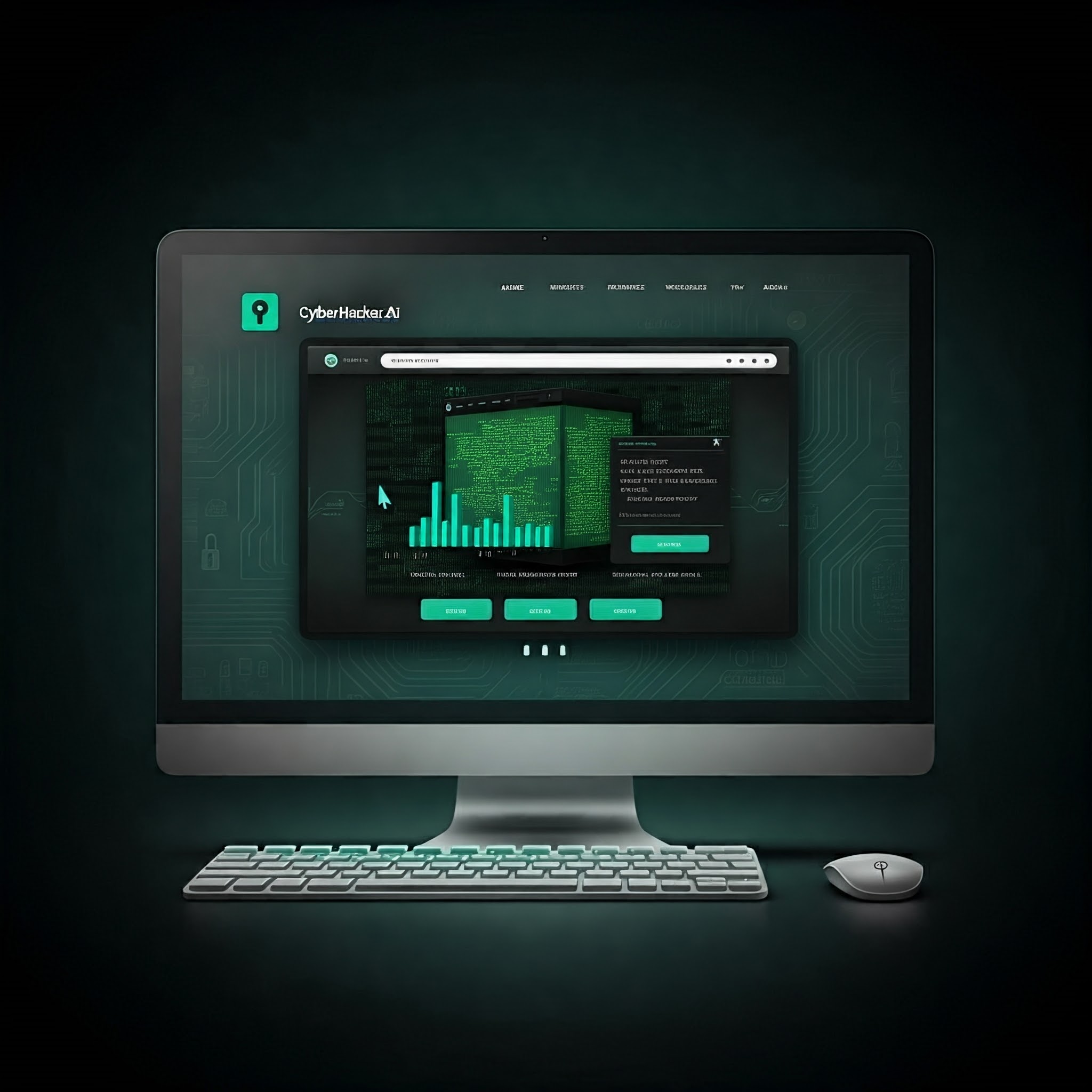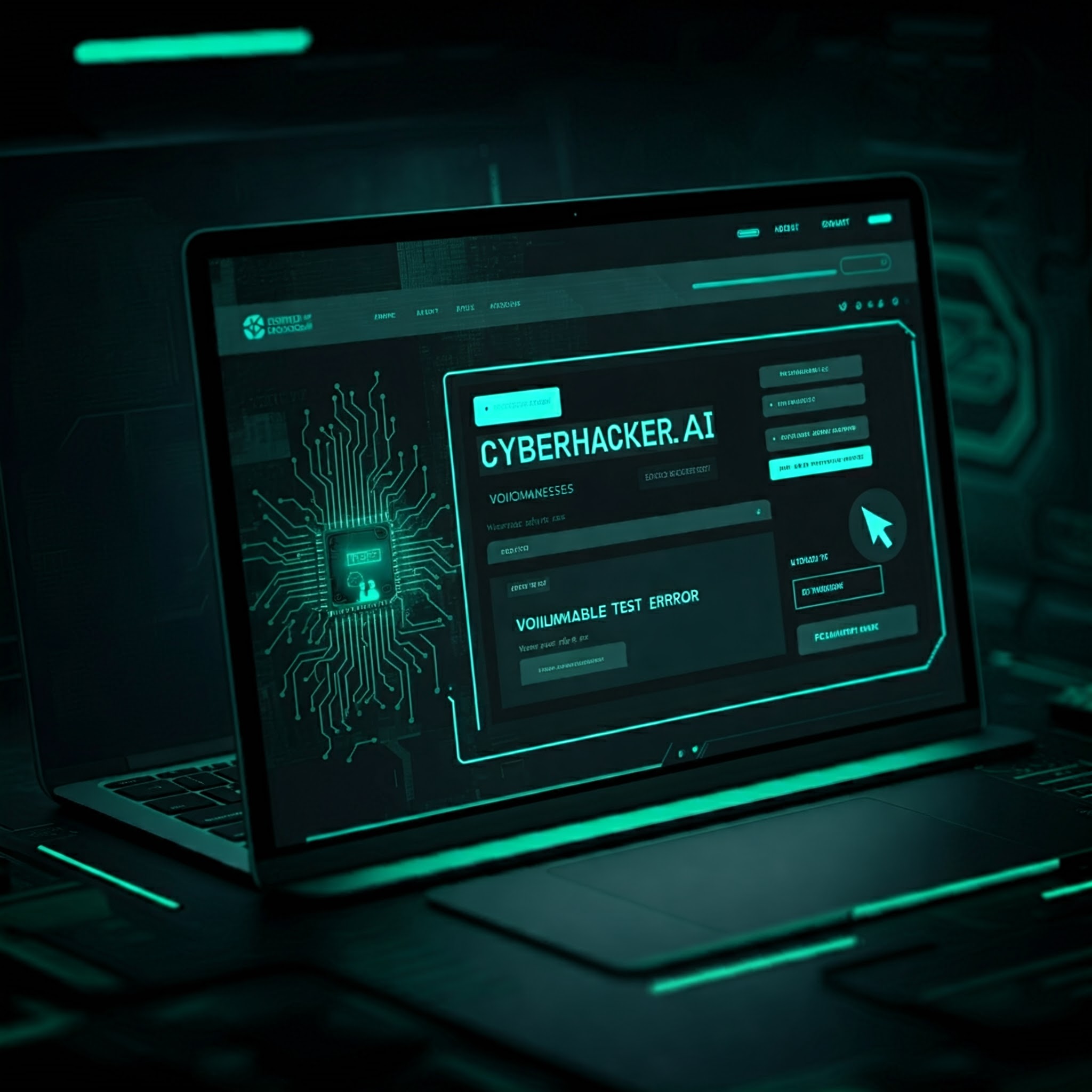Cybersecurity has traditionally been a reactive field, with security teams responding to incidents as they happen. However, artificial intelligence (AI) is changing that paradigm by enabling automated threat detection and response, allowing organizations to become more proactive in their cybersecurity efforts.
AI’s ability to analyze large volumes of data in real-time is one of its biggest strengths in threat detection. With the sheer volume of network traffic and data generated by modern organizations, traditional threat detection methods often struggle to keep up. AI-powered systems can sift through this data at high speed, identifying patterns that suggest a potential security threat. By recognizing these patterns, AI can flag threats that might otherwise go unnoticed.
Machine learning, a subset of AI, is particularly effective in identifying anomalies. Unlike traditional security systems that rely on predefined rules, machine learning algorithms learn from historical data, establishing a baseline for normal behavior. Any deviation from this baseline can be flagged as suspicious, even if it doesn’t match a known signature. This is particularly valuable for identifying zero-day attacks and other novel threats.
Beyond detection, AI plays a crucial role in automating responses to security incidents. When a potential threat is identified, AI systems can take immediate action, such as isolating affected endpoints, blocking malicious traffic, or initiating backup protocols. This rapid response is critical in mitigating the impact of an attack, especially in cases where human intervention might be delayed due to the high volume of alerts.
AI-driven threat detection and response systems also help reduce the burden on human security teams. By handling low-level threats and automating routine tasks, AI allows security professionals to focus on more complex and strategic aspects of cybersecurity. This not only improves efficiency but also helps in retaining skilled cybersecurity talent, who might otherwise be overwhelmed by repetitive tasks.
However, the use of AI in threat detection and response is not without its challenges. One of the primary concerns is the risk of false positives. If AI incorrectly identifies legitimate behavior as a threat, it can lead to unnecessary disruptions. Therefore, it’s important for AI systems to be continuously trained and refined to improve their accuracy. Additionally, human oversight is essential to verify AI findings and make critical decisions in complex scenarios.
In conclusion, AI is revolutionizing cybersecurity by enabling automated threat detection and response. By leveraging AI, organizations can detect threats more quickly, respond more effectively, and reduce the burden on human security teams. As cyber threats continue to grow in sophistication, AI will play an increasingly important role in securing digital infrastructure.













